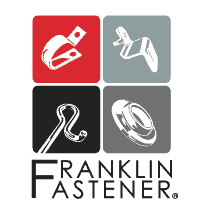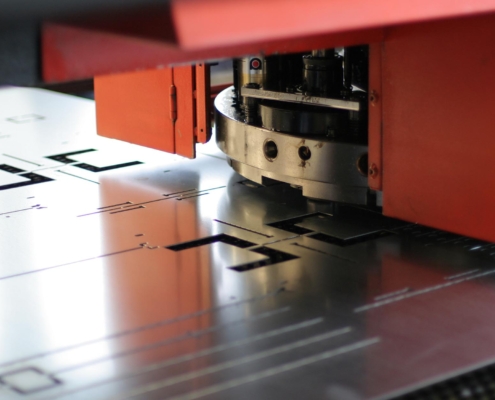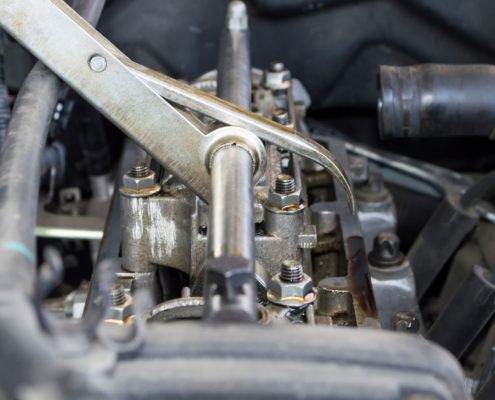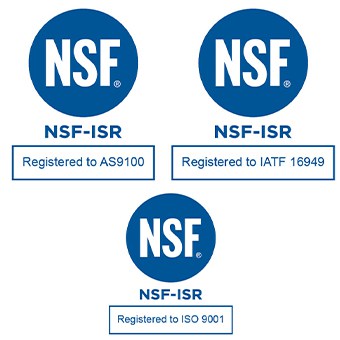It’s easy to assume that a clip is a clip and a clamp is a clamp; as long as it fits, it works. But using a suboptimal fastener design or material can introduce costs that aren’t immediately visible in your bill of materials.
Here’s where poor fastening choices tend to take a toll:
1. Increased Labor Time
Fasteners that are difficult to install, misaligned with assembly tools, or prone to misplacement can extend cycle times. Multiply that by hundreds or thousands of units, and you’re losing hours, if not days, of production time every quarter.
2. Higher Scrap and Rework Rates
Clips that deform during installation, clamps that lose tension after assembly, or fasteners that don’t hold under vibration can all result in rejected parts. Whether it’s re-drilling, re-aligning, or scrapping altogether, you’re paying for those mistakes every time.
3. Equipment Downtime
When clamps or clips fail in the field or on the line, systems stop. And every minute of unplanned downtime comes with a price tag, not to mention the cost of emergency repairs or replacements.
4. Warranty and Field Service Costs
A failed fastener in the field, especially in automotive, aerospace, or heavy machinery, can trigger warranty claims, service visits, or worse. That hits both your bottom line and your reputation.
These are the kinds of costs that rarely show up as line items. But they pile up, slowly and consistently, undermining efficiency at every stage of production and post-sale performance.







